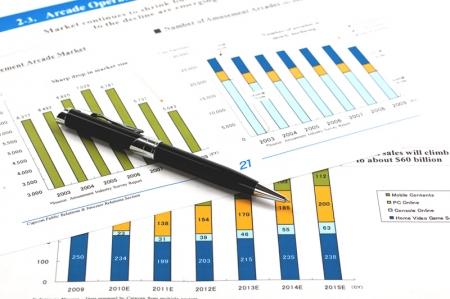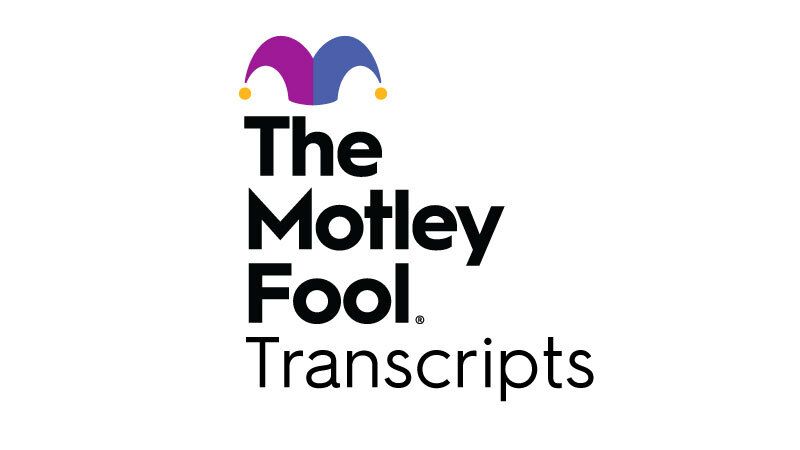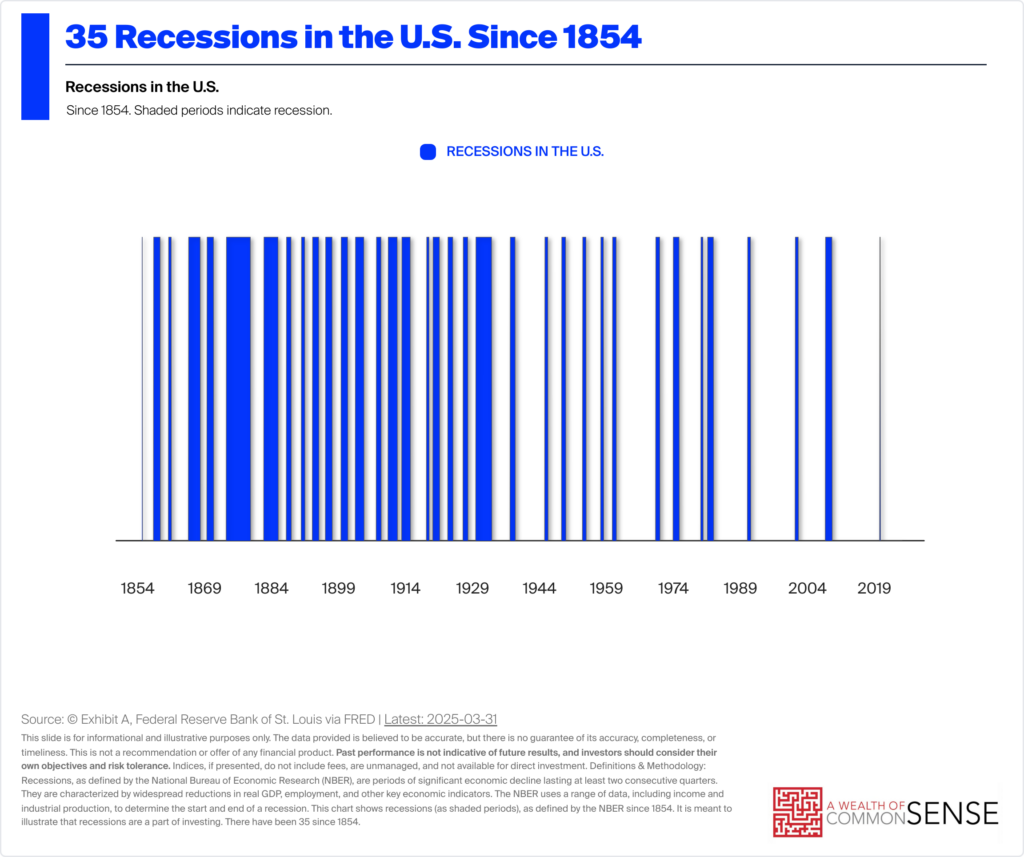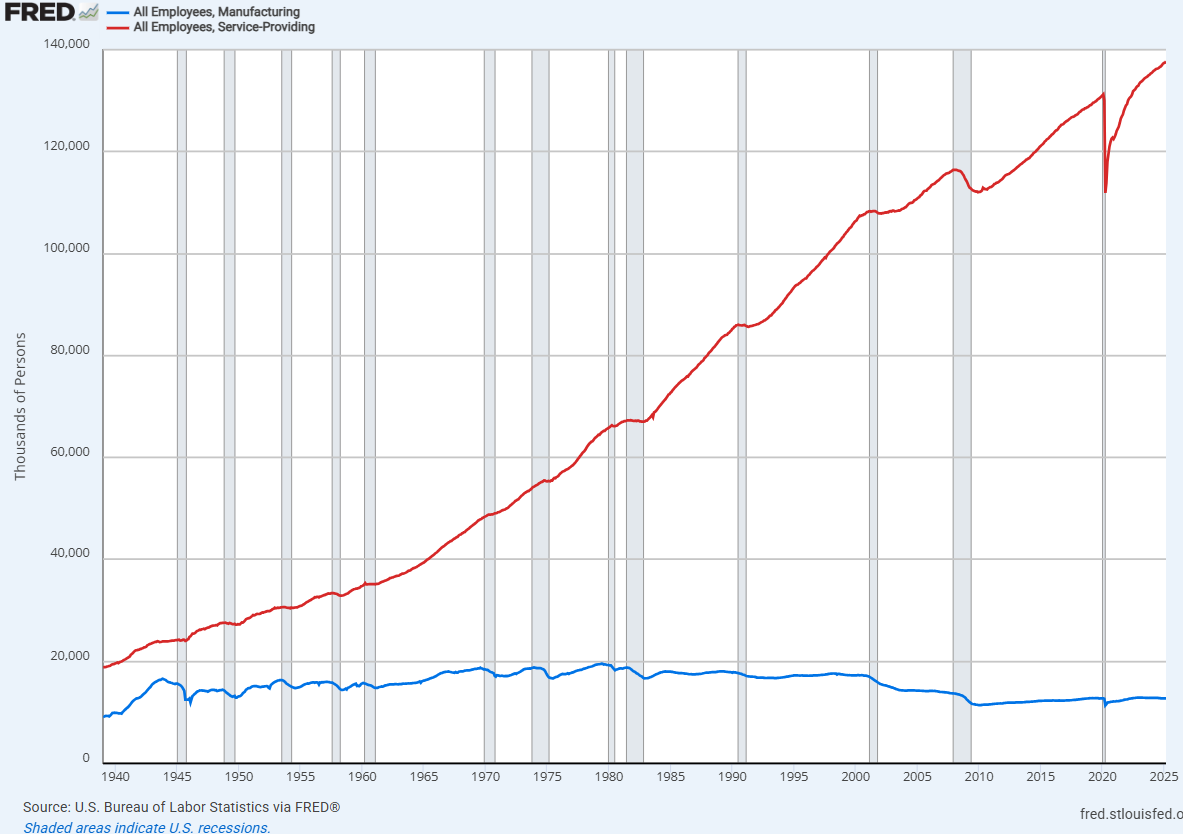The 3 Questions Savvy Planners Ask to Retire on Their Own Timeline
When it comes to retirement planning, the word “planning” is really key, as you are hopefully thinking ahead about what your future will hold. Unfortunately, the future isn’t easy to predict, so anyone looking to retire soon or just thinking about retirement in general needs to consider various possibilities and scenarios. As a result of […] The post The 3 Questions Savvy Planners Ask to Retire on Their Own Timeline appeared first on 24/7 Wall St..

When it comes to retirement planning, the word “planning” is really key, as you are hopefully thinking ahead about what your future will hold. Unfortunately, the future isn’t easy to predict, so anyone looking to retire soon or just thinking about retirement in general needs to consider various possibilities and scenarios.
Having a plan for handling surprising medical expenses when retired is critical.
It’s also essential to have a sizable emergency fund in case of unexpected costs around your home or vehicle.
There is no question that healthcare costs will also increase during retirement, so plan accordingly.
Are you ahead, or behind on retirement? SmartAsset’s free tool can match you with a financial advisor in minutes to help you answer that today. Each advisor has been carefully vetted, and must act in your best interests. Don’t waste another minute; get started by clicking here here.(Sponsor)
Key Points
As a result of not knowing what retirement will bring, being a savvy planner will be the key to success. For example, healthcare costs, in particular, are hard to predict and don’t get any less expensive with age, so you have to plan for a big buffer “just in case” and an emergency fund for everything else.
For this reason, you can ask yourself these three questions to determine whether you are ready to have a successful and fulfilling retirement without any money worries.
How Do I Plan to Handle Healthcare Costs, Especially As I Get Older?
Of all the things you need to plan for in retirement, cost-wise, but will have a hard time actually predicting, healthcare is a major consideration. This is undoubtedly one of retirees’ biggest expenses, and costs only increase as you age. A smart and savvy strategy can help offset rising costs while factoring in retirees’ limited resources without steady income.
To help set the stage, it’s believed that a 65-year-old couple retiring in 2025 will spend an estimated $315,000 on healthcare costs. The harsh truth is that this figure doesn’t even account for long-term care or major medical expenses associated with various illnesses. Long-term care only adds to the cost, which can run as much as $100,000 annually for nursing home living.
Insurance Costs
As a result of rising costs, you have to consider additional insurance options beyond just Medicare. This could include supplemental private insurance to help cover any gaps. You should set aside money well before retirement, knowing this will be where money needs to be spent. Retirees might want to consider a Medigap plan, which can help reduce out-of-pocket expenses, while Medicare Part D, also a separate cost, can help cover prescriptions.
Health Savings Accounts
Another factor to consider is taking advantage of a Health Savings Account, arguably something you start before considering retirement. With the ability to offer tax-free contributions and withdrawals for qualified medical expenses, an HSA can be a big win. Individuals can contribute up to $4,300 in 2025 or $8,550 for families, which can add up. As these funds roll over yearly, they grow with interest and can help build a safety net for future healthcare costs.
Have I Created An Emergency Fund for Unforeseen Circumstances?
There is no question that having an emergency fund is something to consider before and during retirement. Regardless of age, everyone should have some kind of emergency fund available for unforeseen expenses. This could include medical expenses and other potential costs like home (think a leaky roof) or car repairs.
If you have some kind of home repair and don’t have enough cash, taking money out of a 401(k) or IRA to cover these costs might incur a penalty. As these penalties can be steep, retirees should have a healthy amount of emergency cash available to cover expenses. This fund would allow a retiree to pay for necessary repairs without prematurely tapping into retirement accounts.
Determine Target Number
The first thing any retiree or pre-retiree should do is set a target number for savings. The current prevailing idea is to set aside around 12 months of living expenses in an emergency fund.
However, this number might vary, especially as you get closer to retirement, as it needs to account for health costs, income sources, and more. It is okay to have a different target as a retiree than you would have while working.
Automate Savings
Automating your savings account transfers is one potential way to ensure an emergency fund receives ongoing contributions. Your bank can easily set up a way to send money from a checking account to a savings account every month, so you don’t have to worry about remembering. Funds are generally available within 24 hours, so this is about as easy as it gets.
Replenish After Using
The prevailing idea is that emergency savings should be replaced as soon as possible, should you need to use them for something unforeseen during retirement. If you have to cut some discretionary spending for a few months to do so, which may mean a few fewer golf outings or postponing a vacation, you absolutely should do this to ensure you have funds set aside for another emergency.
What Is My Plan for Long-Term Care If I Need Assistance Later in Life?
It’s an unfortunate truth, but long-term care for retirees is costly. As noted earlier, it’s estimated that just one year in a long-term care facility like a nursing home can cost as much as $100,000 per year, which is not covered by insurance.
This unsurprisingly leads to the question of what a retiree’s plan should be if they need long-term care later in life. The same question applies if a family member, like a spouse, requires long-term care, so it’s not just one individual who needs to be considered, but potentially two people.
Long-Term Care Insurance
The best option and plan for long-term care should be long-term insurance, which you can purchase in your 50s or 60s to lock in lower premiums while you’re still (mostly) healthy. It’s said that policies will cover around $2,000 – $5,000 per year, and at this cost, you can expect up to $300 per day of care coverage.
Ideally, you would want to find a provider with inflation protection and a 3-5 year benefit period. The best path might be to work with a health insurance broker who can help you compare different providers and see which is more reliable, flexible, etc.
Long-Term Savings
On top of setting aside money for emergency savings, you should also set aside money for long-term care. If you were to set aside, say $100,000 in a dedicated investment fund separate from your brokerage, 401(k), and IRA accounts and let it compound, you could end up with a pretty steady rate of return. The good news is that you can set up an account that doesn’t mandate its use for medical purposes, so if you don’t need the money, you can always use it for something else.
Plan For Home Changes
As part of your emergency and long-term care funds, you might consider using some of this money to make changes or repairs to your home. If you need a specialized hospital bed at one point, there is a cost associated with this, as well as a ramp in case a retiree (or a spouse) ends up in a wheelchair.
You should also discuss these changes with a family member who can help you make some life decisions and be an additional set of eyes if you need to make important health and financial decisions later in life. Having someone else reliable by your side can ensure that no one is taking advantage of you financially.
The post The 3 Questions Savvy Planners Ask to Retire on Their Own Timeline appeared first on 24/7 Wall St..



























































































































































